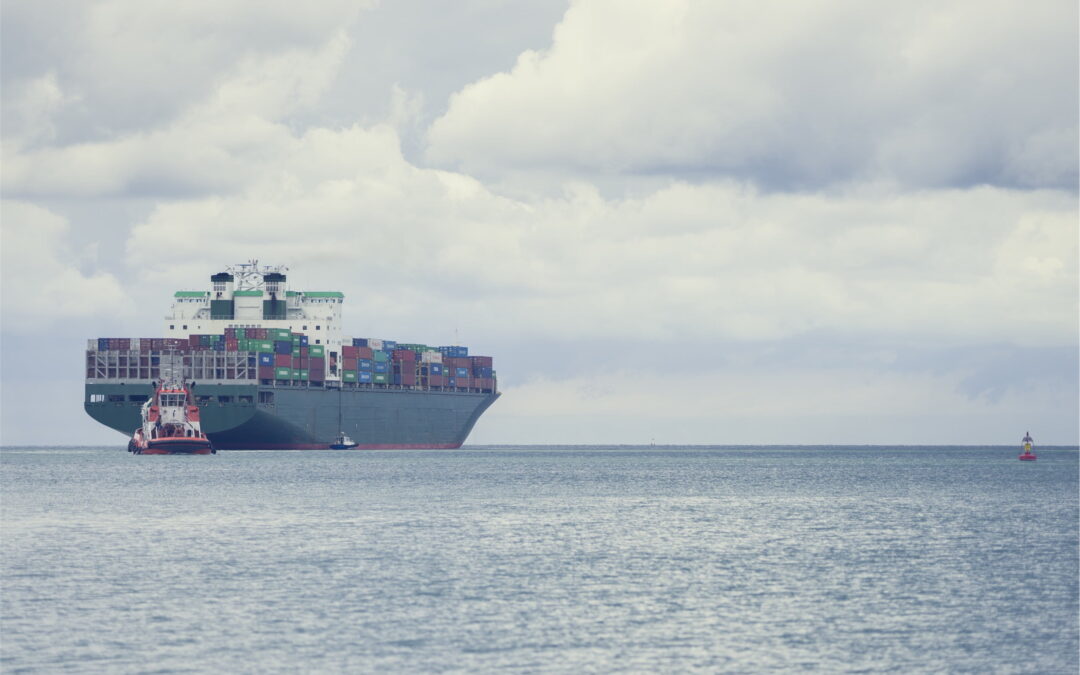Routescanner, a route planning platform for containerised freight forwarding, has been accredited by the Global Logistics Emissions Council for its methods of calculating CO2 emissions of the routes in its system. The platform is able to calculate not just the fastest routes, but also those with the lowest climate impact.
Since its launch in 2021, Routescanner has seen rapid growth on both the demand and the supply side. Shippers and freight forwarders from across the globe use the online container shipping platform to find the most efficient and sustainable routes.
Large deep sea operators and nearly all inland waterway, rail and shortsea logistics operators in Europe share their commercial traffic data with the platform. Routescanner currently has more than 180 affiliated partners. Each day, Routescanner processes more than 750,000 schedules and timetables from a network spanning more than 4500 terminals.
Also read: Despite war, Port of Rotterdam throughput virtually unchanged in 2022
CO2 reporting
It is crucial that compliant methodologies are used to calculate the CO2 emissions. Routescanner was recently officially accredited by the SmartFreightCentre for compliance with the Global Logistics Emissions Council (GLEC) standards. This is the only internationally recognised method for harmonised calculation and reporting of the CO2 footprint of logistics operations in a multimodal supply chain.
‘It’s wonderful that our compliance has now been given a seal of approval,’ says Chantal Gouka, Managing Director of Routescanner. ‘A recent development is that our users can now calculate CO2 emissions for their container shipping operations within their own TMS or ERP systems thanks to our application programming interface (API). What’s more, because Routescanner holds a substantial amount of data, we can also advise our customers on how to reduce and optimise the carbon footprint of their container shipments. Crucially, the calculations are entirely reliable and compliant with the GLEC standard.’
Also read: Guidelines published for container transport of Li-ion batteries








